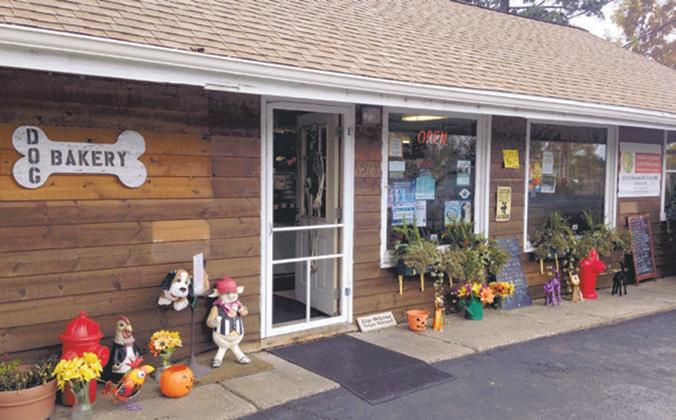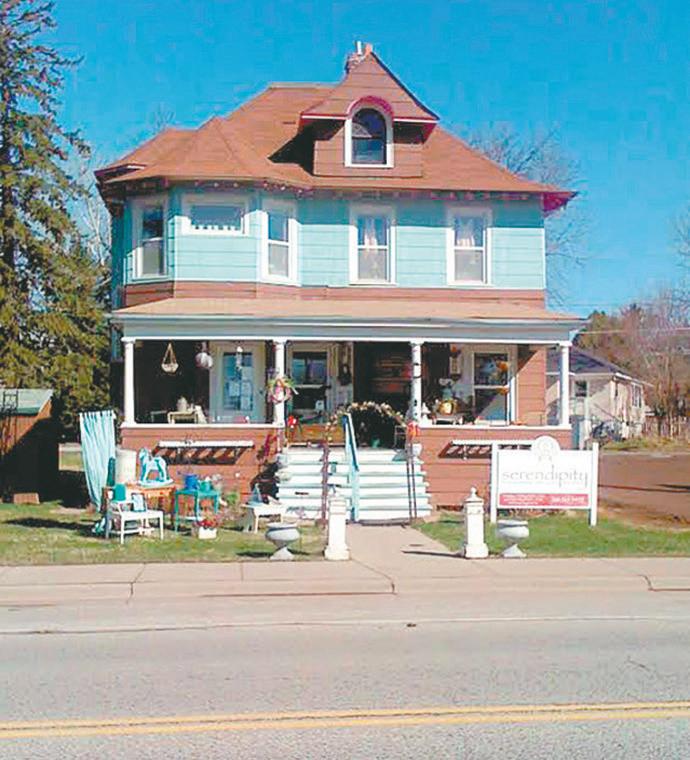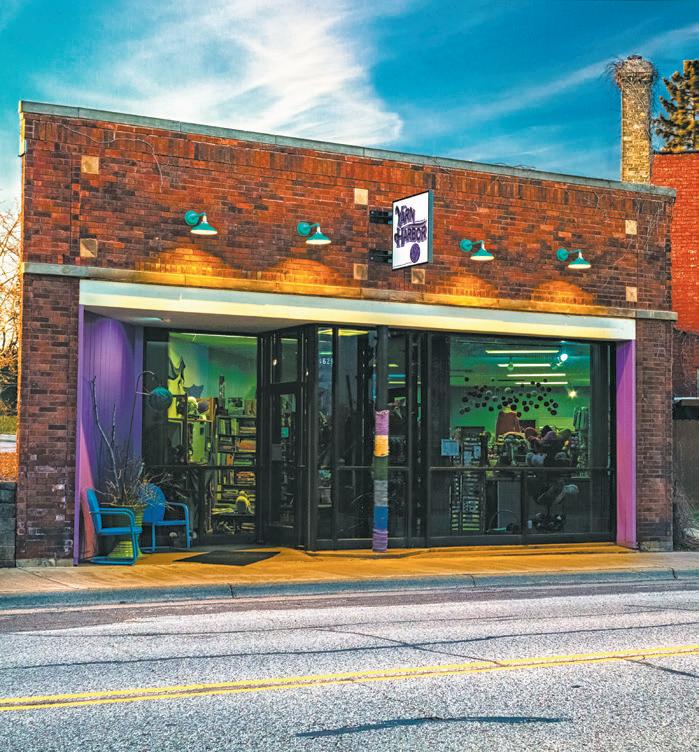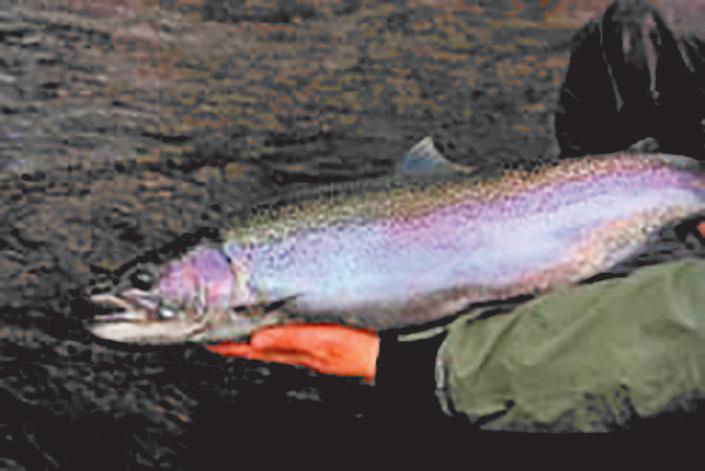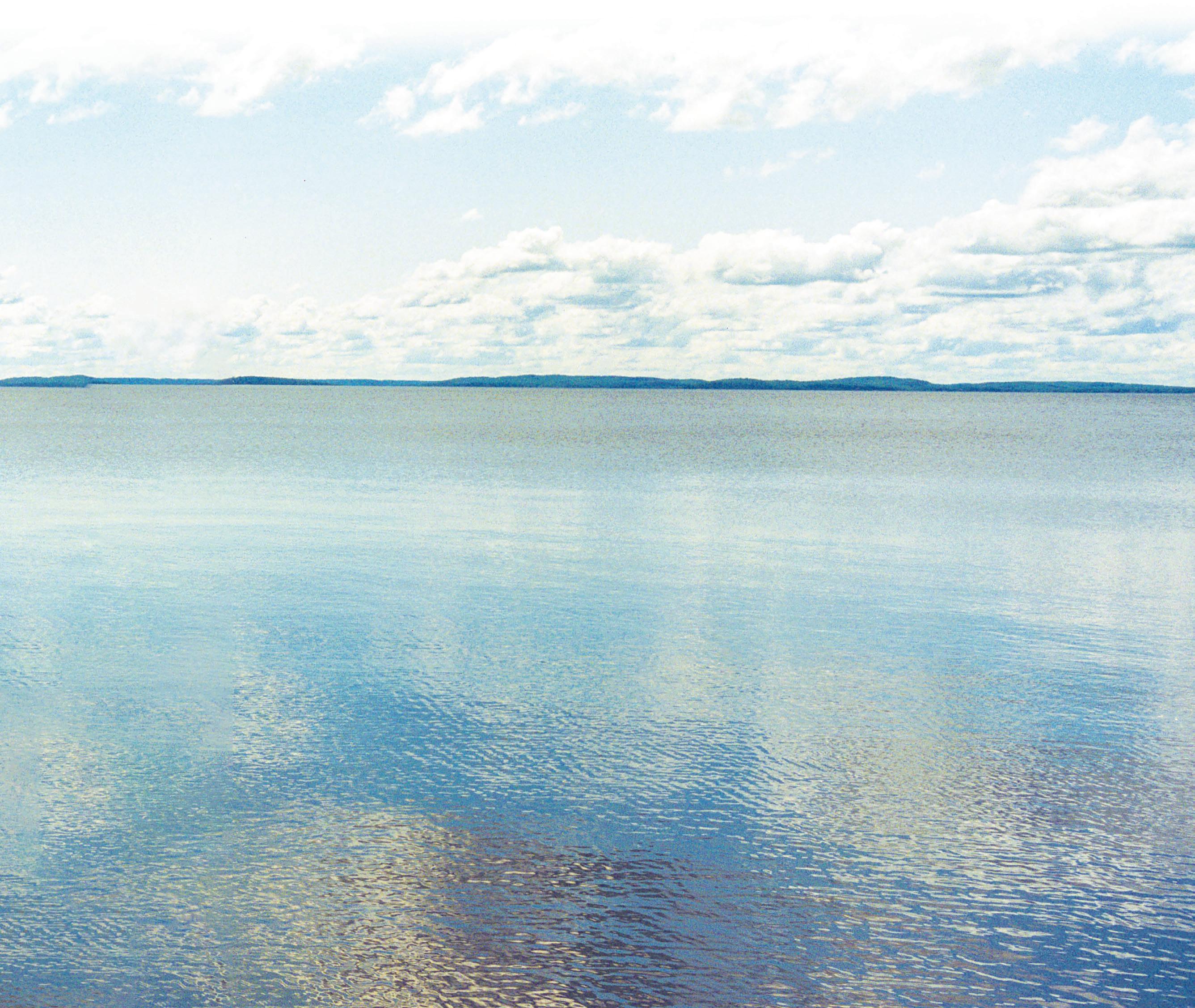
1 minute read
Lakeside/Lester Park
By Peter Passi ppassi@duluthnews.com
As Duluth continued to expand in the late 1800s, farther-flung neighborhoods grew in popularity, and land speculators seized on the opportunity.
After leaving his post as secretary of the U.S. Treasury under President Abraham Lincoln, Hugh McCulloch took an interest in Belville Township on the east side of town — now home to Duluth’s Lakeside and Lester Park neighborhoods.
Although he moved from D.C. to London upon his departure from public office, McCulloch doubtlessly learned of the prospects for Duluth’s growth from his then-business partner, Jay Cooke, a prominent railway and Civil War financier who foresaw a bright future for the city. For several years, the two men led a banking firm called Jay Cooke, McCulloch & Co.
In 1871, McCulloch purchased a large chunk of Belville Township clear to the Lester River, redubbing the area “New London” and drawing inspiration for neighborhood street names from a British palette, as well.
Local historian Tony Dierckins noted the subsequent sale of the property to George Sargent, who bequeathed it to his son, William William, as the Village of Lakeside emerged in 1889.
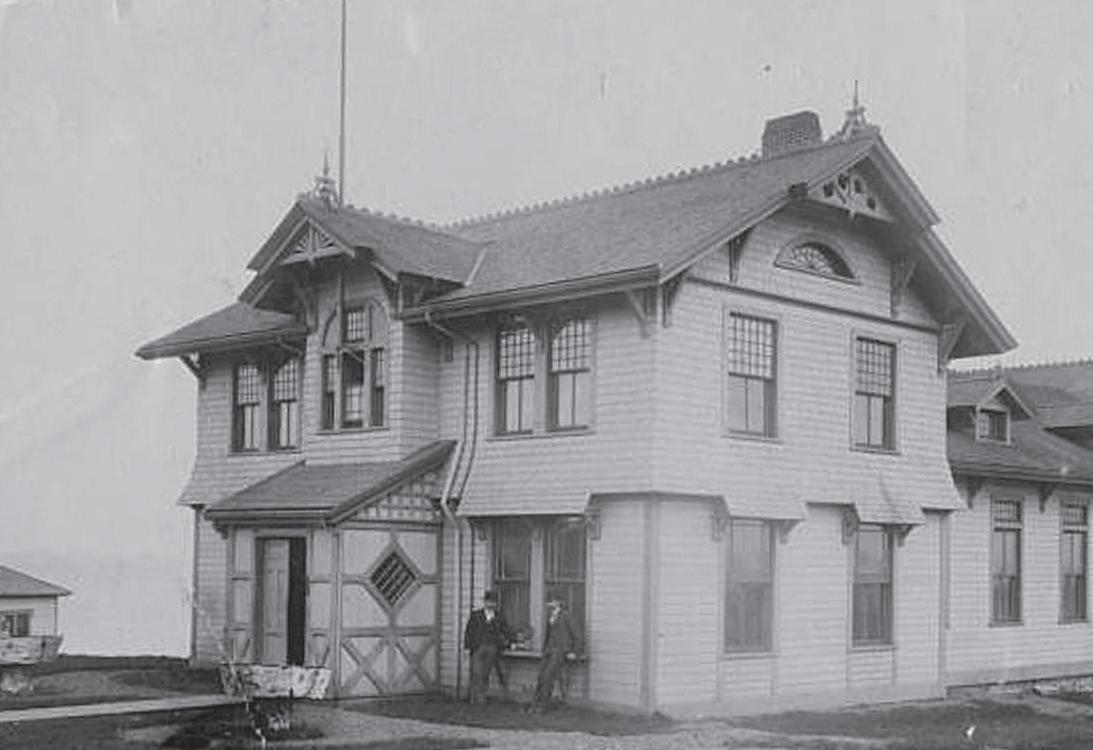
An 1890 report to the Duluth Board of Trade that was cited in a local guide to architecture advised “businessmen and others who desire to get away from the roar and hum of the city to build their homes” in the Village of Lakeside, which “offers special advantages.”
In 1892, Duluth officials approached the Village of Lakeside encouraging residents to become part of the city. Lakeside agreed to be annexed but only after it was written into state law that the sale of alcohol in the neighborhood would never be allowed.
For more than a century, the Lakeside/Lester Park retail scene remained dry, but after a referendum vote showed narrow neighborhood support for a change, the state law was revised in 2016, opening the
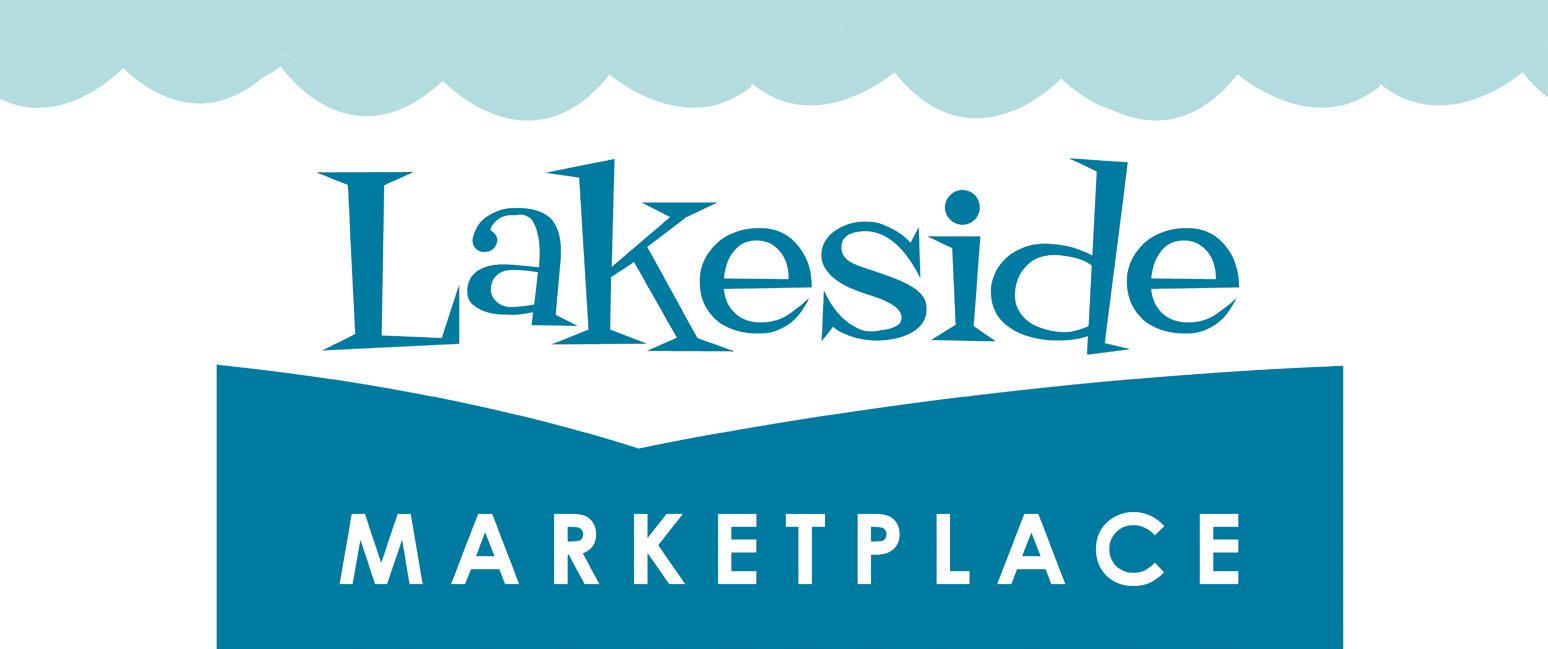
This federal fish hatchery opened at the mouth of the Lester River in the 1880s, and this picture is believed to have been taken around 1890. Today, it no longer rears fish but is home to a University of Minnesota Duluth limnology research station. The structure at 6008 London Road is listed on the National Register of Historic Places. (Courtesy of UMD Kathryn








